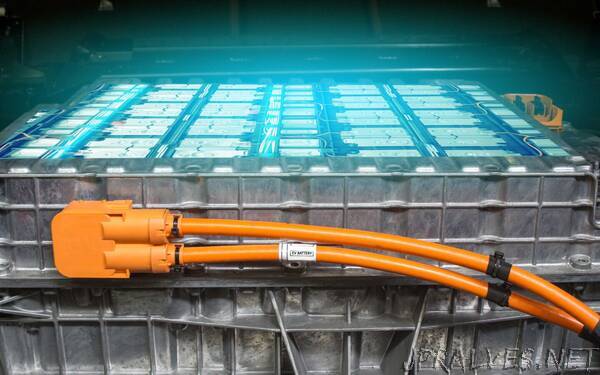
“A consortium of the nation’s best battery scientists, led by Lawrence Berkeley National Laboratory (Berkeley Lab), will accelerate the commercialization of a new family of battery cathode materials called DRX or “disordered rock salt.”
DRX cathodes could provide batteries with higher energy density than conventional lithium-ion battery cathodes made of nickel and cobalt, two metals that are in critically short supply.
The U.S. Department of Energy (DOE) has made it a priority to find ways to reduce or eliminate the use of cobalt in batteries. In support of that initiative, the DRX Consortium is focused on making DRX cathodes made of manganese or titanium, which are both more abundant and cheaper than nickel or cobalt. Lithium batteries made with DRX cathodes could safeguard the automobile industry and therefore consumers from higher prices spurred by supply constraints.
“DRX cathodes can be made with almost any transition metal instead of nickel and cobalt. That versatility is key if we want to replace gasoline vehicles with electric vehicles,” said principal investigator Gerbrand Ceder. The Berkeley Lab faculty senior scientist and UC Berkeley professor of materials science and engineering is co-leading the DRX Consortium with fellow battery scientist Guoying Chen at Berkeley Lab.
Formed last fall, the DRX Consortium – which includes a team of approximately 50 scientists from Berkeley Lab, SLAC National Accelerator Laboratory, Pacific Northwest National Laboratory, Argonne National Laboratory, Oak Ridge National Laboratory, and the University of California at Santa Barbara – was awarded $20 million from the Vehicle Technologies Office in DOE’s Office of Energy Efficiency and Renewable Energy. The funding – allocated in $5 million yearly increments through 2025 – will allow the consortium to develop DRX battery cathodes that could perform just as well if not better than the NMC (nickel-manganese-cobalt) cathodes used in today’s lithium-ion batteries.
“DRX offers more sustainable, more abundant, and cheaper mineral sources for battery cathodes,” Ceder said. “The lithium-ion battery is a really good energy storage technology, but to stay relevant, it will need to grow toward higher production of multiple terawatt hours per year. Without DRX, lithium-ion batteries would require enormous amounts of nickel and cobalt if we stay with current technologies.”
“DRX could be the go-to material for battery cathodes,” added Chen. “We already have the advantage of cost and resources. Now all we have to do is improve performance.””
